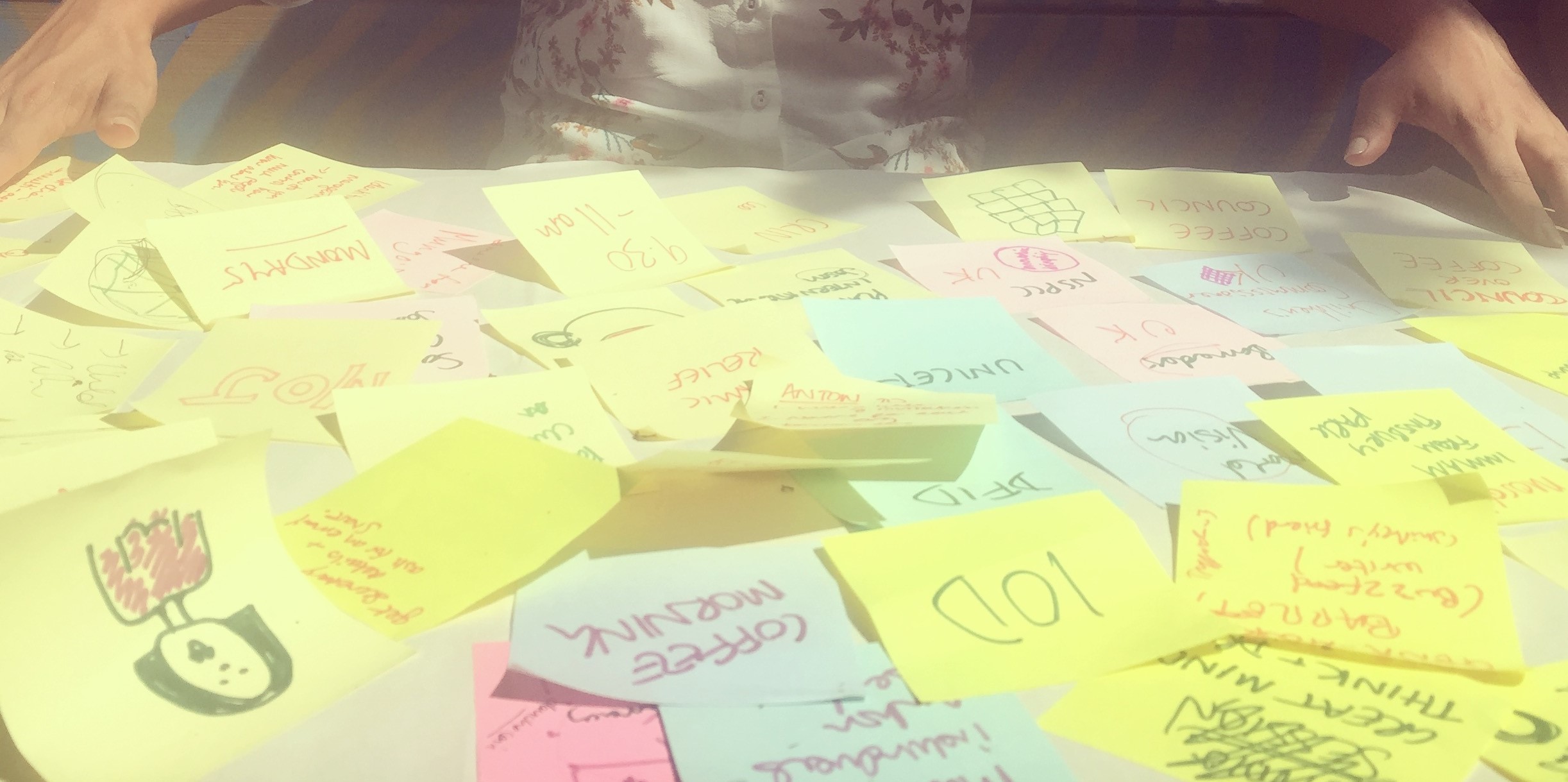
Guest blog by Priya Dutta of Adiona Education
In August we were delighted to address a meeting of child protection experts from high-profile organisations. Our task? To explore the capabilities of blockchain technology when unharnessed from the cryptocurrencies that they were originally designed to power.
Blockchain technology is, in my opinion, the next most exciting tech innovation since the internet. As a distributed, peer-to-peer system, it works as a virtually tamper-proof ledger of transactions, updated in real time, with information propagated simultaneously to all its users. It eliminates the need for third-party intermediaries to authenticate data. It utilises the combined computing power of all its nodes, making system failure a thing of the past.
For NGOs, blockchains offer efficient and transparent accounting mechanisms. They work across national boundaries and work to increase trust in previously trust-less situations. The UN is already providing blockchain solutions to humanitarian problems such as distribution of funds from the World Food Program to those desperately in need. Identity verification can be simplified by placing cryptographically-encrypted IDs on blockchains so that displaced people, who often have no official documentation in their destination country, may gain access to basic services. It’s powerful stuff.
However, the fact remains that there are some major philosophical questions thrown up by the technology. There is a war raging between those seeking a censorship-free and open internet with anonymous users, and those seeking to protect the most vulnerable in society – children – from exploitation and abuse. How can protection be possible when the perpetrators have access to such powerful technology to anonymise their digital life, for example by buying child abuse images with untraceable bitcoins and masking their IP address through the TOR network? Furthermore, there is a risk that illegal data and images can be written permanently into a blockchain. The challenge is vast. Those seeking to protect children online must acquaint themselves with the technology used by abusers. We need to come up with solutions before they do.
Solutions can be approached from numerous angles:
- Using cryptocurrencies for virtually frictionless transfer of funds across national borders. This eliminates much of the waste involved in currency exchange.
- Using blockchains to empower children by putting them in control of their own digital identities.
- Using blockchains as transparent accounting mechanisms to eliminate fraud and corruption.
- Utilising the multi-signatory capability of blockchains to enable multi-agency co-operation.
There needs to be much more dialogue and collaboration to come up with technological innovations. I am so glad that Justice Studio has taken the lead to start this dialogue. We need to act, and fast. If you would like any more information about the technical aspects of blockchain technology mentioned above, Justice Studio can arrange training for your staff so that they better understand the challenges we face.

